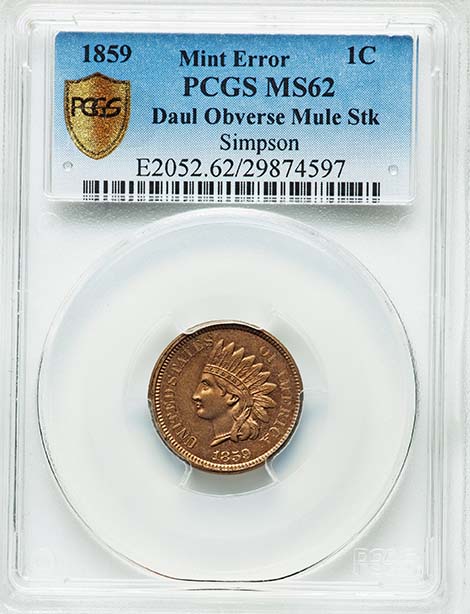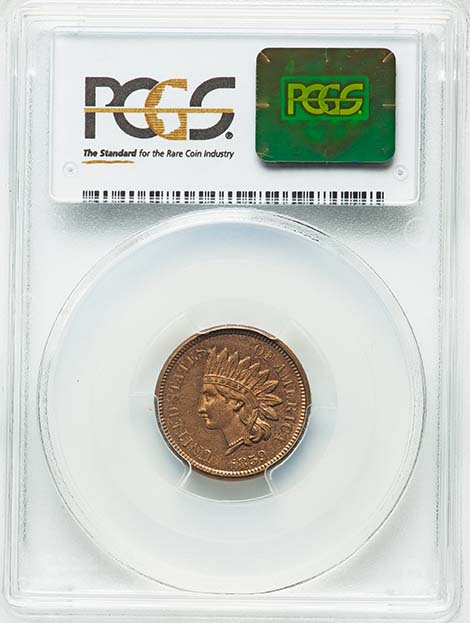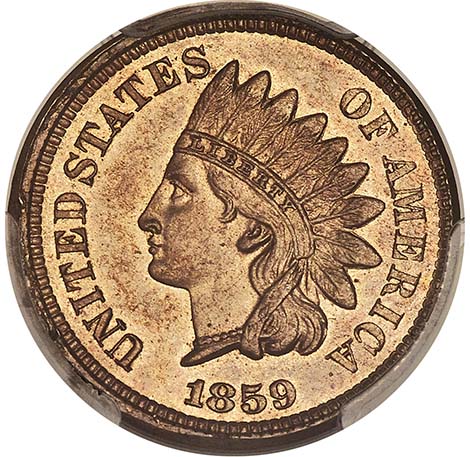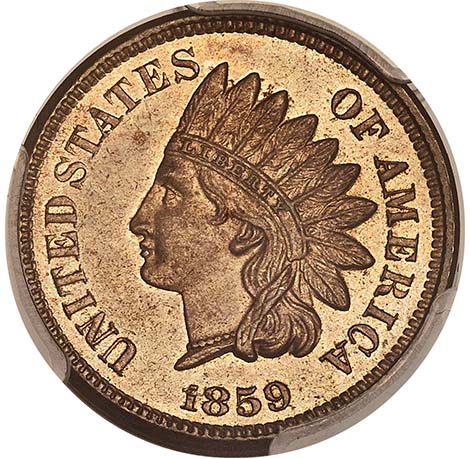MINTERROR NEWS.COMTM
Bringing the latest mint error news to the collector. Also featuring Die Trials, Patterns, Test Pieces, Numismatic Rarities, Currency Errors and Discoveries from the U.S. Mint.

|
|
|
News

Two Heads Are Better Than One
 
 Two heads are better than one when it comes to the unique Double-Headed Indian Cent pattern coin from 1859 that Heritage Auctions will be offering as part of the famed Simpson Collection. Two heads are better than one when it comes to the unique Double-Headed Indian Cent pattern coin from 1859 that Heritage Auctions will be offering as part of the famed Simpson Collection.
 Pattern coins are trial pieces or test strikes, typically used to try out a new design or a new metal composition before a particular coin is produced in large quantities for commerce. They were a key focus for major collector Bob Simpson, and he acquired many of the finest pattern issues available to collectors today. Pattern coins are trial pieces or test strikes, typically used to try out a new design or a new metal composition before a particular coin is produced in large quantities for commerce. They were a key focus for major collector Bob Simpson, and he acquired many of the finest pattern issues available to collectors today.
 In a sense, all patterns are fascinating given their uncommon attributes (new metal compositions or rarely-seen designs). Within the category of "patterns," though, some pieces are considered more special and far more intriguing than others. This particular coin is a fabulous candidate for one of my favorite pieces in the Simpson Collection. Discovered by the coin community only in the year 2000, the Double-Headed Indian Cent is so new to the scene that it is not yet listed in the Pollock reference book that many collectors utilize. In a sense, all patterns are fascinating given their uncommon attributes (new metal compositions or rarely-seen designs). Within the category of "patterns," though, some pieces are considered more special and far more intriguing than others. This particular coin is a fabulous candidate for one of my favorite pieces in the Simpson Collection. Discovered by the coin community only in the year 2000, the Double-Headed Indian Cent is so new to the scene that it is not yet listed in the Pollock reference book that many collectors utilize.
 That did not mean that this fabulous discovery went unnoticed, however. It was carefully written up in the publication "Longacre's Ledger" and later featured in numismatic author Rick Snow's book on Indian Cents. That did not mean that this fabulous discovery went unnoticed, however. It was carefully written up in the publication "Longacre's Ledger" and later featured in numismatic author Rick Snow's book on Indian Cents.
 As Snow explains, "the coin [Snow-PT5] is presently unique, and no other 1859 coins have yet been located with either of the dies. ... Neither of the dies are early die state, indicating the possibility of a large production struck prior to this coin that may have been rounded up and destroyed." As Snow explains, "the coin [Snow-PT5] is presently unique, and no other 1859 coins have yet been located with either of the dies. ... Neither of the dies are early die state, indicating the possibility of a large production struck prior to this coin that may have been rounded up and destroyed."
 In other words, the press operator detected the error, and the contents of the bin were melted. The present piece survived, perhaps retained as a souvenir by the coiner. In other words, the press operator detected the error, and the contents of the bin were melted. The present piece survived, perhaps retained as a souvenir by the coiner.
 According to Snow, the Flying Eagle cents struck in 1858 used the obverse die as the anvil die. When production of Indian cents began in 1859, the obverse die became the hammer die. It is normally impossible to pair two obverse dies in the same press, but because die blank configurations were changed in 1859, a die made from an 1858 obverse blank could be struck with a die created from an 1859 obverse blank. This is apparently what happened. According to Snow, the Flying Eagle cents struck in 1858 used the obverse die as the anvil die. When production of Indian cents began in 1859, the obverse die became the hammer die. It is normally impossible to pair two obverse dies in the same press, but because die blank configurations were changed in 1859, a die made from an 1858 obverse blank could be struck with a die created from an 1859 obverse blank. This is apparently what happened.
 This coin created quite a stir when it was last up for auction at Heritage in 2008, selling for almost $200,000! Expect this two-headed coin to turn heads again when it sells here, in Sale 1310. This coin created quite a stir when it was last up for auction at Heritage in 2008, selling for almost $200,000! Expect this two-headed coin to turn heads again when it sells here, in Sale 1310.
Images Courtesy of Heritage Auctions, HA.com
1859 Double-Headed Indian Cent
Judd-229a, Snow-PT5, Unique, MS62 PCGS






|
|
|
|
|
|
Copyright Ⓒ 2020 minterrornews.com. All rights reserved. Legal notice.
|
|
|
|